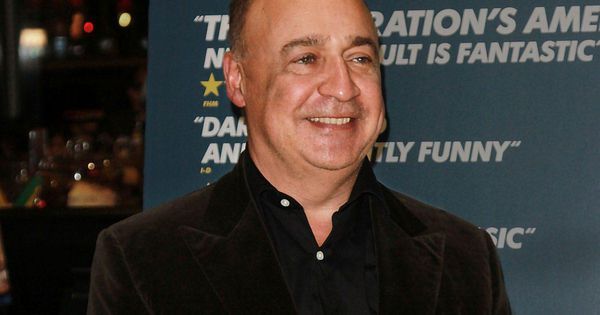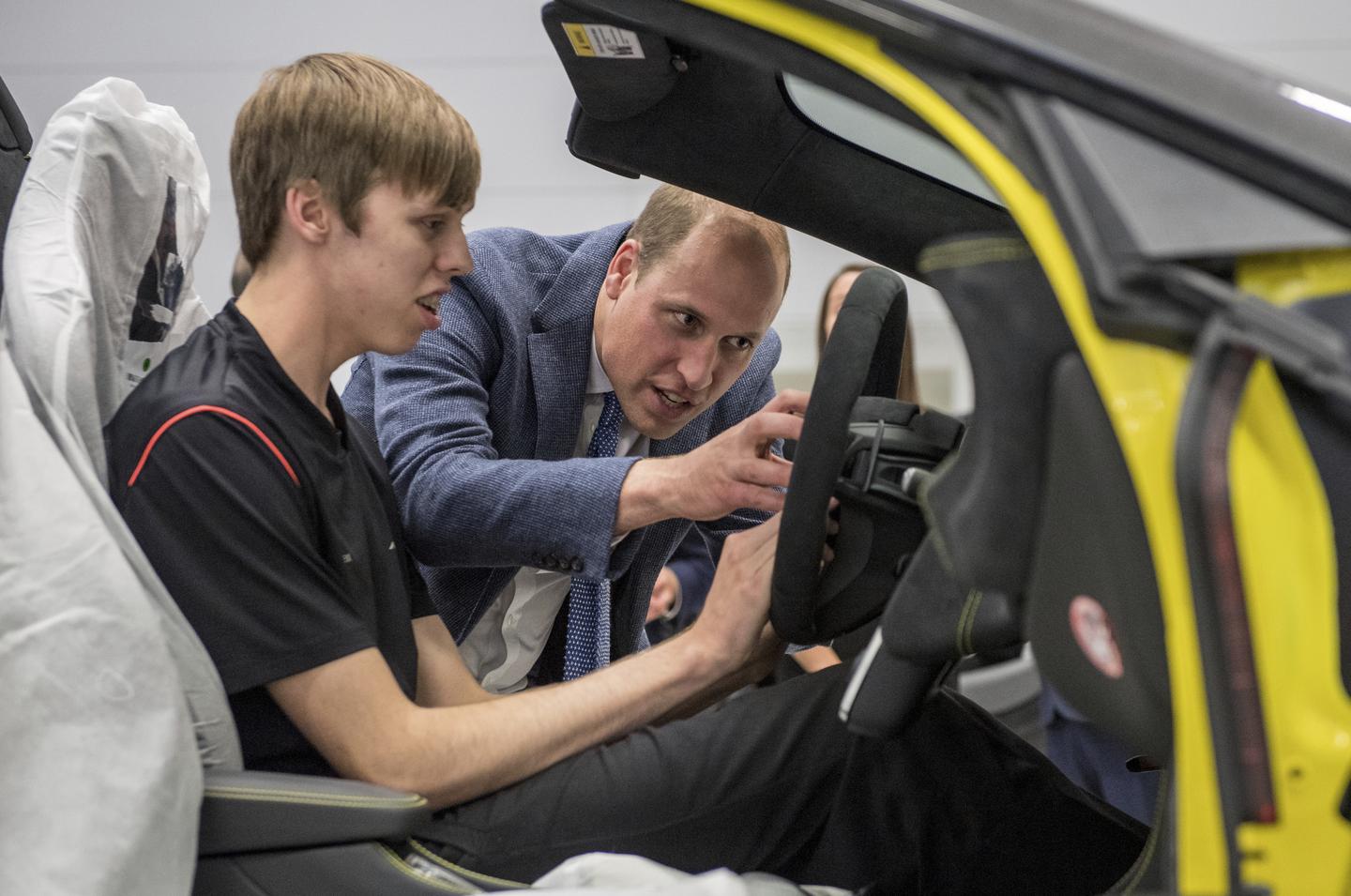Artificial intelligence in space exploration is gathering momentum. Over the coming years, new missions look likely to be turbo-charged by AI as we voyage to comets, moons, and planets and explore the possibilities of mining asteroids.
“AI is already a game-changer that has made scientific research and exploration much more efficient. We are not just talking about a doubling but about a multiple of ten,” Leopold Summerer, Head of the Advanced Concepts and Studies Office at ESA, said in an interview with Singularity Hub.






